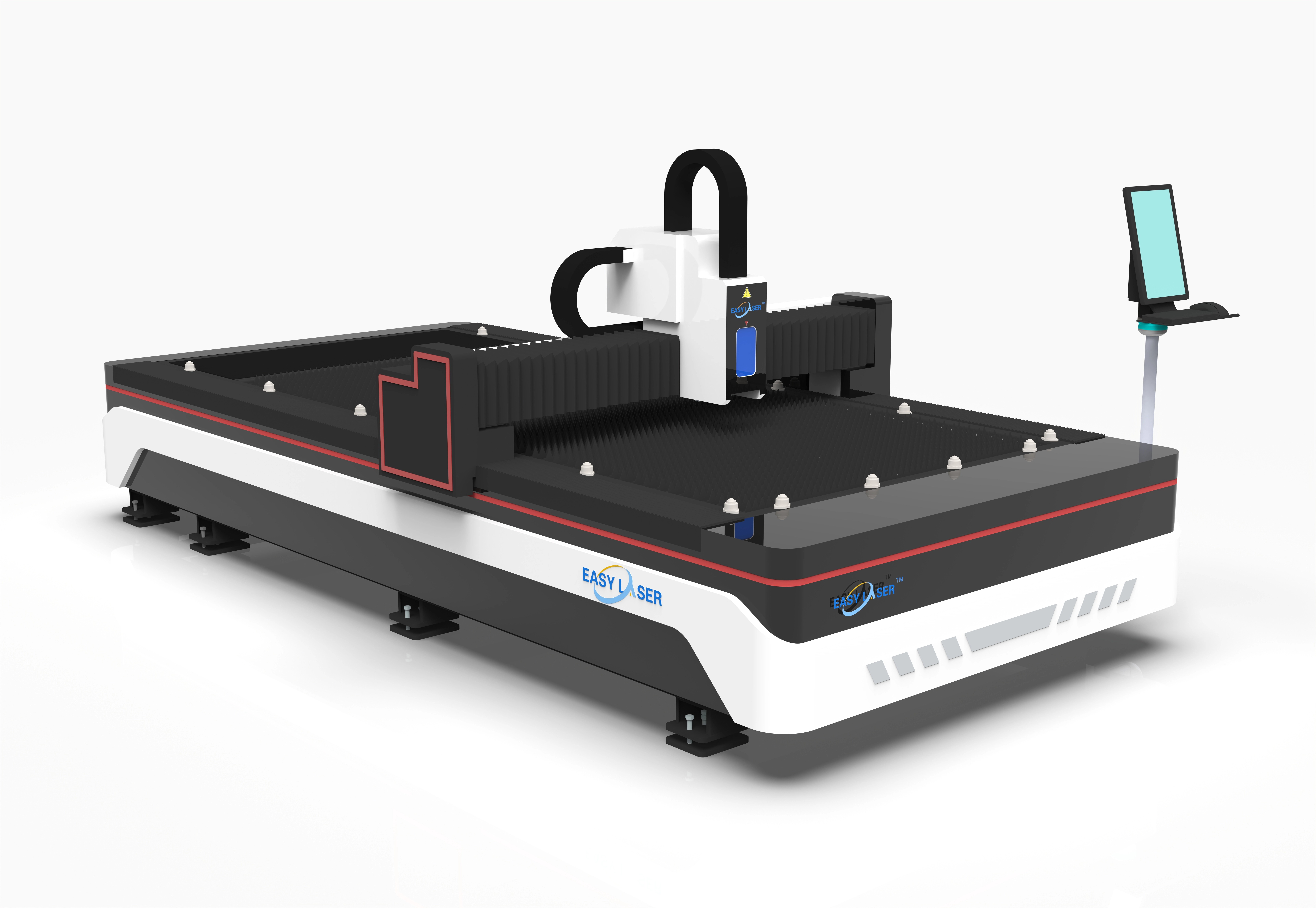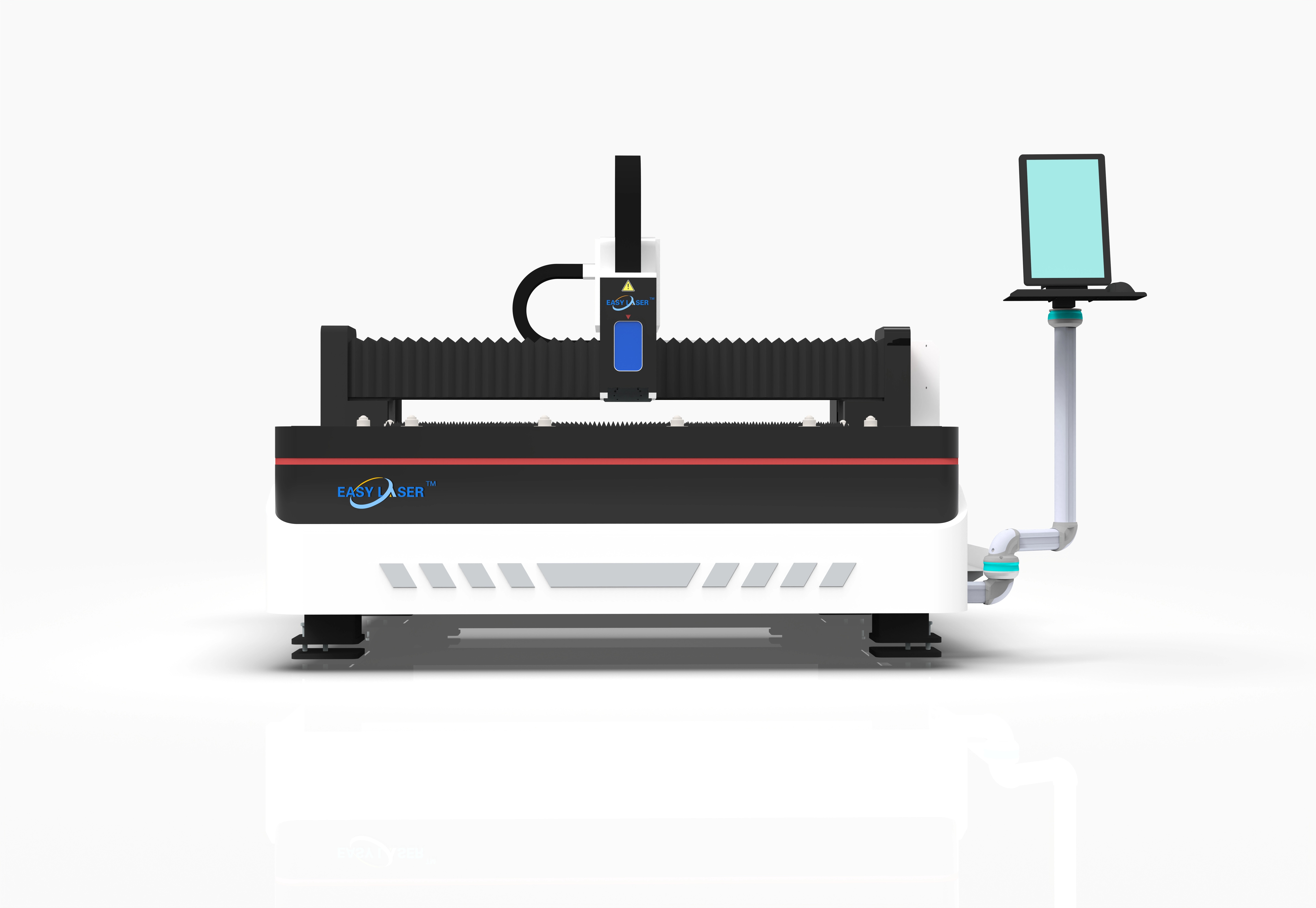Views: 146 Author: Site Editor Publish Time: 2025-07-08 Origin: Site
The fiber laser cutting machine has revolutionized the metal processing industry by offering unparalleled precision, speed, and energy efficiency. However, the true performance of a fiber laser system doesn't solely depend on its design or output power—it hinges critically on the quality of its components. From laser sources and cutting heads to motion systems and control units, every element plays a vital role in delivering consistent, high-quality results. In this article, we'll explore how integrating high-quality components into a fiber laser cutting machine boosts performance, ensures reliability, minimizes maintenance, and enhances safety.
In a fiber laser cutting system, accuracy is non-negotiable. Whether you're fabricating aerospace parts or crafting custom signage, precise cuts are essential. High-quality components significantly improve positioning accuracy, beam stability, and thermal performance—factors that determine cut edge quality and repeatability.
For instance, top-grade linear guides and servo motors ensure smoother motion with minimal vibration, directly translating into finer cut tolerances. Similarly, a well-engineered cutting head with precise beam focusing mechanics can maintain consistent kerf widths, even on complex contours. Inferior parts, in contrast, tend to wear faster, causing misalignments that lead to defective products, material waste, and production delays.
In industrial environments where even a fraction of a millimeter matters, using subpar components introduces unnecessary risk. That's why the backbone of any high-performance fiber laser cutting machine is the quality of its internal structure.
One of the main reasons manufacturers invest in fiber laser technology is its ability to achieve high-speed cutting with minimal heat-affected zones. However, the ability to maximize this speed depends greatly on the synergy between components.
High-quality motion control systems, such as CNC controllers and servo drives, process instructions rapidly and with precision, allowing for faster acceleration and deceleration cycles. This directly affects the machine's ability to cut intricate shapes quickly and cleanly. Likewise, advanced cooling systems prevent overheating and maintain optimal temperatures, enabling longer continuous operation without system slowdowns.
Moreover, using superior optical components—like lenses, collimators, and reflectors—reduces energy loss during transmission and ensures that more of the laser's energy is delivered to the material surface. This translates into faster cuts with better edge quality, ultimately improving your shop's productivity and output.

Industrial operations thrive on uptime and dependability. When a machine is down—even for a few hours—it can result in costly delays and missed deadlines. Using high-quality components in a fiber laser cutting machine reduces these risks dramatically.
Top-grade materials resist wear and corrosion better, allowing parts like bearings, gears, and belts to function longer without degradation. Furthermore, reliable electronic systems are less prone to failure, reducing the likelihood of sudden stoppages. Even the durability of sensors and connectors affects machine longevity; consistent signal transmission is critical for maintaining safety and process control.
With robust parts, the system requires less frequent replacement or calibration, which not only saves on maintenance costs but also contributes to overall equipment efficiency (OEE). As a result, operators can focus more on production rather than troubleshooting.
Fiber laser cutting involves high-powered energy beams, which, if not properly controlled, can pose significant hazards. High-quality components help maintain a stable and safe operating environment by ensuring proper alignment, heat dissipation, and feedback control.
Advanced safety features—such as automatic nozzle height control, real-time power monitoring, and emergency stop systems—are only as effective as the components executing them. If a sensor fails to detect an abnormality or a relay misfires, the consequences can be severe.
High-performance systems also come with precise calibration mechanisms to detect fluctuations in gas pressure, beam power, and machine vibration. These details prevent accidents while simultaneously protecting the material and machine from damage. By investing in quality from the beginning, companies significantly reduce liability and create a safer workspace for operators.
As sustainability becomes a central concern in industrial manufacturing, energy-efficient machinery is no longer a luxury—it's a requirement. The efficiency of a fiber laser cutting machine is deeply tied to the quality of its components.
For example, high-efficiency power supplies and low-resistance cabling minimize energy loss during operation. Optical fibers with minimal attenuation ensure more laser power reaches the cutting head. Similarly, efficient cooling systems use less energy while maintaining optimal operating conditions.
High-quality machines also feature intelligent control software that automatically adjusts energy usage based on the material thickness, type, and cutting speed. This not only reduces energy costs but also minimizes carbon emissions.
The table below outlines how high-quality components contribute to energy efficiency across various subsystems:
| Subsystem | Low-Quality Components | High-Quality Components |
|---|---|---|
| Power Supply | Frequent overheating, higher energy loss | Stable voltage, optimized conversion |
| Cooling Unit | Excessive power use, loud operation | Energy-saving, eco-friendly refrigerants |
| Beam Transmission | Signal loss, lower cutting power | Efficient, full-spectrum energy delivery |
| CNC Control | Lag and overuse of power | Adaptive energy use based on real-time load |
While high-quality components may involve a higher initial investment, they often lead to better financial outcomes over the machine's lifespan. This is due to reduced maintenance costs, fewer part replacements, and higher uptime—all contributing to a lower Total Cost of Ownership (TCO).
Think of it as a long-term strategy: instead of spending smaller amounts repeatedly on cheap replacements and frequent service, a company makes a one-time investment in reliability and performance. The ROI also manifests in consistent product quality, leading to fewer reworks, better client satisfaction, and repeat business.
Additionally, when the time comes to resell or upgrade the machine, units equipped with premium components typically retain more value in the secondary market, further improving return on investment.

A1: Yes. High-quality components enhance the machine's ability to handle diverse materials like stainless steel, aluminum, brass, and even non-metals with precision. Superior focusing lenses and motion systems allow for seamless transitions between material types and thicknesses.
A2: Absolutely. Look for components that comply with international standards such as ISO, CE, or UL. These certifications ensure the part has passed rigorous quality and safety tests.
A3: In many cases, yes. Certain elements like servo motors, control boards, and optics can be upgraded. However, compatibility with the machine's architecture and software must be confirmed before proceeding.
A4: When properly maintained, premium components last significantly longer—sometimes 2 to 3 times more than their low-quality counterparts. Preventive maintenance is usually sufficient, with major overhauls required only after extensive usage cycles.
A5: Definitely. High-end parts allow for smoother integration with automated material handling systems, real-time monitoring software, and Industry 4.0 platforms. This makes your fiber laser cutting system future-proof and ready for smart manufacturing setups.
Investing in a fiber laser cutting machine is a major decision, one that directly impacts productivity, quality, and profitability. While it may be tempting to reduce upfront costs by using lower-grade components, the long-term consequences often outweigh the savings. From improving cut precision and speed to reducing downtime and energy usage, the benefits of using high-quality components are comprehensive and compelling. In today's competitive industrial landscape, reliability and performance aren't optional—they're expected. By choosing a fiber laser system built on excellence from the inside out, you're not just buying a machine; you're investing in long-term operational success.